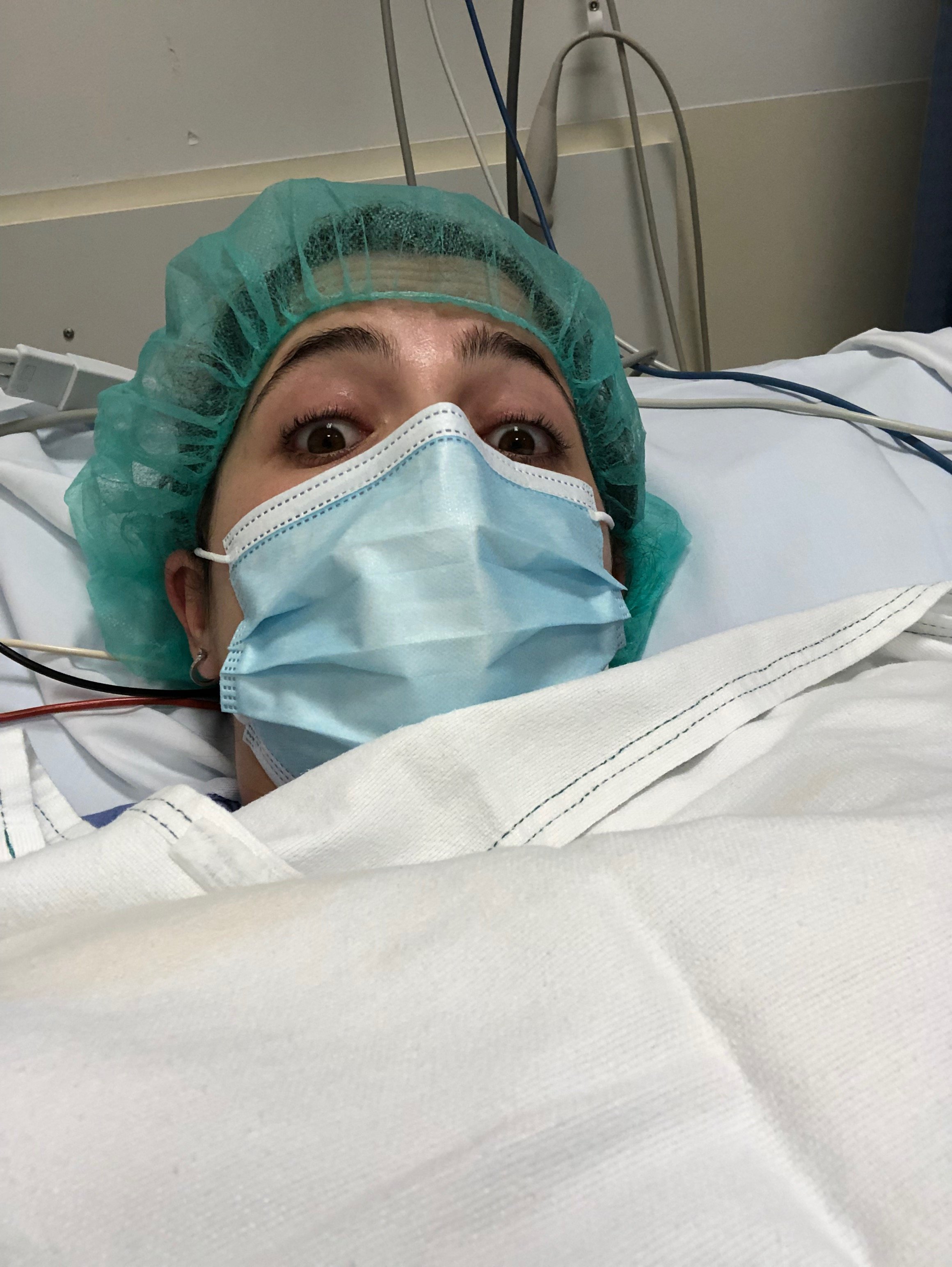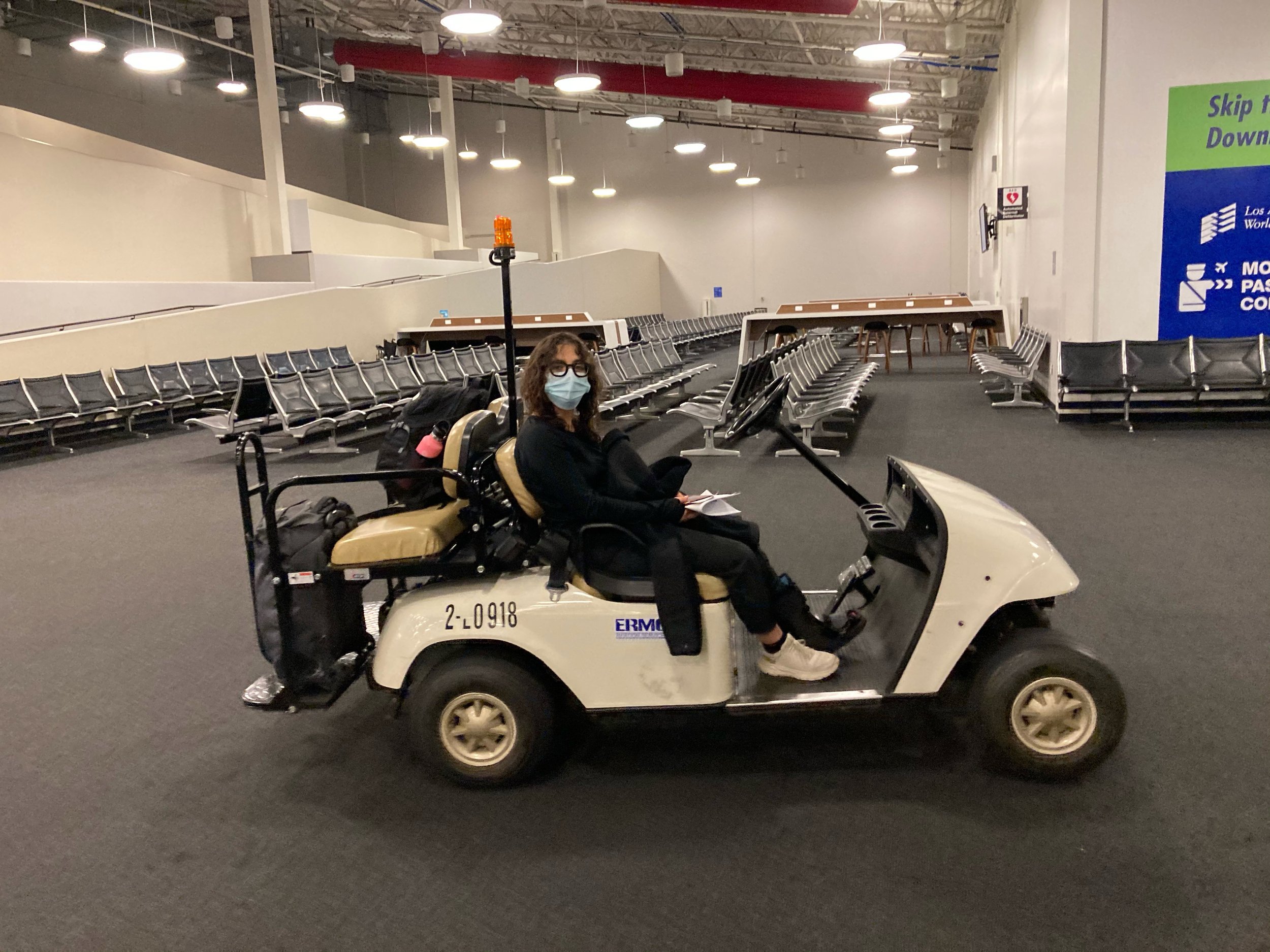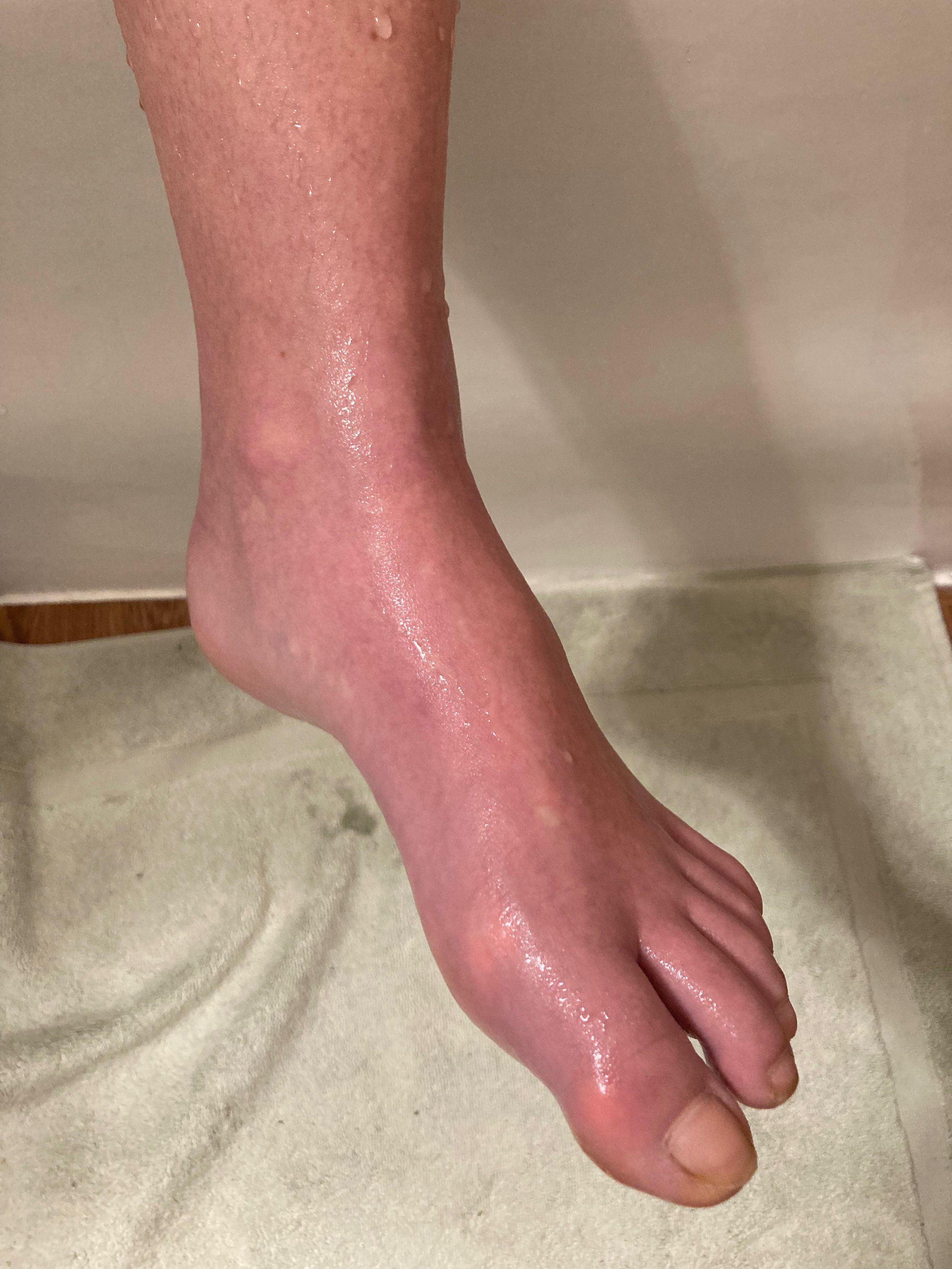Joe is a Thief
During one of my pain psychology sessions last year, my psychologist called me a professional “time traveller." I am an expert at “traveling” into the future and worrying about events that haven’t happened yet as if they are true threats to me in the present time. This anxiety would perpetuate this familiar cycle of: worry, pain, pressure, self-criticism, and more pain. Over the last three months, I’ve come to realize that I’m not the only time traveller here. Many Spero patients battling CRPS and Fibromyalgia are as well, suffering from paralyzing anxiety and all-consuming worry.
To be frank, I have been traumatized by my pain. I think my friends at Spero would agree with me that, over time, we began to see our bodies as nothing but sources of pain. We constantly scan our bodies for threats — these threats manifest through symptoms such as burning, stinging, cramping, throbbing, stabbing, color and temperature changes etc. This hyper-vigilance becomes a habit and we fall victim to a constant state of high alert and become paranoid of every little twinge or sensation in our body. I feel held hostage by my symptoms: “Is this a sensation or pain? Is something wrong? Is this an isolated event? What did I do to bring it on? How can I make it stop?” These questions swirl around in our heads and only contribute to more pain, which strengthens and solidifies those pain circuits aforementioned.
“Neurons that fire together, wire together.” It’s hard to wholeheartedly believe that even though my pain was and is created by my brain (CRPS is a neurologic condition) that same brain has the wherewithal to heal its faulty wiring.
The fact of the matter is, there are still so many questions people with CRPS and their caretakers wish to have answered: In which cases is true remission possible. What does remission look like? How hard will we have to work to maintain it? What are the “best” modalities for treatment? How much does our improvement depend on which therapist we are paired with or which clinic is delivering the treatment? How strongly does improvement depend on our positive attitude and openness to being healed?
Unfortunately for me, and other people like me who are plagued with chronic pain, chronic pain affects everyone differently. (To be honest, I still can’t believe I find myself in this situation, coming to terms with this diagnosis has been an on-going battle). There are a multitude of causes in the body and mind for which the medical community has no “right” answers.
What we do know is that injury wreaks havoc on the nervous system on multiple levels: in the body, spinal cord, and brain. “Higher level brain centers” of the human brain associated with complex processes like perception, mood, judgment, planning, and decision-making can obstruct pain or intensify it, promote recovery or make pain chronic. In the words of Alan Gordon, a psychotherapist and the founder of the Pain Psychology Center in Los Angeles, “those higher level brain centers create our personality, our emotions and our perception of who we are, and where we belong in the world. So, in a very real way, chronic pain is entangled with our understanding of what the pain means to us and our outlook for the future” (Gordon & Ziv, 2021). We, whose resting state is pain, look forward to the future, when we aren’t suffering anymore.
So, I ask: can you blame me for “time traveling” so often?
The hardest part for me has been coming to terms with the fact that my diagnosis has not only taken my future as I knew it away, but it’s also stolen any idea of what my future with Connor might have looked like. I became a patient overnight, and Connor became my caregiver. Four years ago, neither of us envisioned being unemployed, in Arkansas, fighting for remission and the future we had planned together. Having a chronic illness not only burdens you, but you are weighed down with knowledge that you have become a burden to the ones you love. I truly didn’t know how much of an emotional battle this would be. There is so much pressure to “get well.” I am constantly hoping to wake up the next day pain-free so that we can press the play button, so to speak.
During the first two months of treatment, it was more difficult to stay in the present, remain optimistic, and have faith that my chronic pain can be cured. Will I get to zero pain? If I do, will the pain come back? How will I be able to handle a job without relapsing due to stress or exertion? Do I need to live near my care team? Will I be able to have my own children? If I do, will they inherit my CRPS? Will my immune system get stronger once my nervous system is healed?
When you are completely overwhelmed by the negative you lose sight of what it is to be positive, and there have been a lot of positives this past month. I’ve started to titrate (cut down) my pain medications. I was taking 400mg of Lyrica (Pregabalin) daily when I got here, and now I am only taking 100mg a day. I have been on Lyrica for about a year. Although it was a game changer in terms of relieving my CRPS symptoms and pain, it had many negative side effects on my mind and body. A very good doctor in Springdale, AR, is overseeing my care and we’ve been aggressive, but listening to my body. Next we will target Cymbalta (common among spero patients for pain and depression) and Relafan (a strong NSAID). I wish I knew to titrate before coming to Spero (one gripe I have with the clinic), because I believe there is a big chance I might not have been here this long — as we would have been working with my true pain.
Titrating hasn’t been perfect. As I cut my pain medications, I am feeling more pain and my symptoms are presenting in places they haven’t affected me before. My right foot and leg shows CRPS symptoms, and sometimes I feel arbitrary pains in my right hand, left wrist, and left cheek. It’s been tough coming to clinic, getting to a place where I am holding 0-3 pain, and then 12 weeks in, my baseline pain has shifted up to 3-6. It’s cruel, but this is the process, and I am trusting the process.
Another positive is that I wouldn’t say I am as fearful of my pain anymore. Lately, it’s been more that I feel beat down by it all. After my diagnosis, I started to think of my life as a pendulum: existing in pain, or fearfully waiting for the pain to strike. Worrying that every sensation is a potential threat is exhausting. But a chiropractor at Spero who I see twice a week is working with me on catching my negative feelings and unfounded fears, acknowledging them, saying thank you, and popping them like balloons. When you are too busy being grateful, your brain can’t dwell on pain. Instead, I am working on focusing on the positive sensations and meditating on the times when my body isn’t in pain, so that I can remember that pain isn’t my natural state.
One other thing is that I think I am time traveling time less and less. I decided to hang my time traveling suit up and fight for my future by staying in the present and working hard at clinic. A few things contributed to this shift in me. One pivotal change was undergoing Cereset. Cerest is a treatment offered by Spero that works to “reset” your brain's balance, using only sound feedback. When your brain is consumed by fear and your body is stuck in a flight or fight state, the stress to your mind, body, and overall well-being are considerable. Cereset assists the brain in getting “unstuck” and returns it to a state of optimal functioning. It’s fascinating and very effective, but I won’t go into more detail here. If you’re interested in reading more, I’ve copied the official website at the bottom of this post.
A few important things to note. I just had my three month evaluation and my new progress report estimates that I will need 8 more weeks of treatment.
Read more about Cereset and how it may help you here: https://cereset.com
Connor and I have identified the following birds this month: Eastern Bluebird, Brown-headed Cowbird, Common Grackle, Ruby-crowned Kinglet, American Robin, Carolina Wren, Red Bellied Woodpecker, European Starling, Red-shouldered Hawk





















































































































































































































